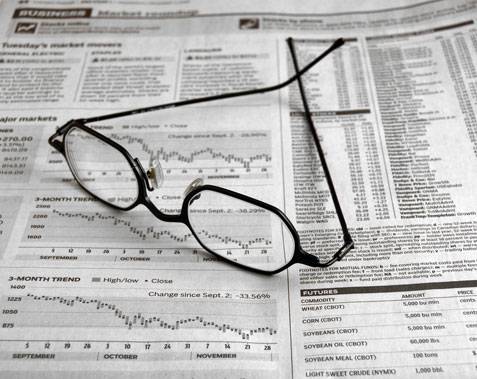Democratic promises to lower energy costs helped deliver a comfortable win in last Tuesday’s elections, as several party candidates pledged to freeze utility rates. Democrats also captured seats on Georgia’s Public Service Commission for the first time in nearly two decades — a sharp rebuke to regulators who had approved six electricity rate hikes over the past two years.
As a result, customers of Georgia Power now pay an average of $516 more per year than they did two years ago. But Georgia is not an isolated case: electricity price hikes have become a hot political issue nationwide, with over 60% of Americans saying utility bills are one of their main financial burdens.
After years of relative stability, U.S. electricity prices have surged, adding to the financial strain of millions already struggling with inflation. Since 2021, electricity prices have jumped 36%, an average annual increase of nearly 7% — three times higher than the 12% rise seen between 2009 and 2020.
Yet the surprise, according to the U.S. Energy Information Administration (EIA), is that prices are likely to keep climbing. The agency projects that residential electricity rates will reach 17.7 cents per kilowatt-hour by 2026, up from 16 cents in 2024.
Soaring demand: the core driver behind the rise
Behind these increases lies what the EIA calls a “chaos dynamic” — a sudden and sustained surge in electricity demand.
After nearly 14 years of stagnant consumption growth (from 2008 to 2021, averaging just 0.1% annually), U.S. electricity demand jumped 3% in 2024 — the fifth-largest yearly increase this century.
This spike is largely driven by the rapid expansion of new data centers across regions managed by the Electric Reliability Council of Texas (ERCOT) and the PJM Interconnection system.
A 2023 report by Grid Strategies titled *“The Era of Flat Power Demand Is Over”* noted that U.S. grid planners — from utilities to regional transmission organizations (RTOs) — have nearly doubled their five-year growth forecasts.
For the first time in decades, nationwide electricity demand is expected to rise as much as 15% over the next ten years, fueled by:
* The proliferation of AI-driven data centers
* Electrification of transport and heating
* Expansion of battery manufacturing
* Industrial incentives for semiconductor and advanced technology production
The Electric Power Research Institute (EPRI) estimates that data centers could consume up to 9% of total U.S. electricity by the end of this decade — up from roughly 1.5% today — due to the energy-intensive nature of generative AI.
Heavy reliance on natural gas adds further pressure
Alongside the demand boom, America’s heavy dependence on natural gas for power generation has left it vulnerable to rising energy costs.
Natural gas now accounts for 40% of the nation’s electricity mix. Over the past year, benchmark Henry Hub prices surged about 60% to $4.33 per million British thermal units (MMBtu).
The EIA expects prices to climb further, reaching $4.90 per MMBtu in 2026 versus $4.00 in 2025, driven by robust demand for liquefied natural gas (LNG) exports and slowing domestic production growth.
U.S. LNG export capacity is projected to rise roughly 75% by 2030 based on currently approved projects — from around 17 billion cubic feet per day today to about 30 billion cubic feet per day by the end of the decade.
A coming LNG surplus may ease prices longer-term
Despite short-term price pressures, the rapid expansion of U.S. LNG output could eventually help reduce costs.
TotalEnergies CEO Patrick Pouyanné recently warned of a looming oversupply of U.S. LNG, following NextDecade Corp.’s final investment decision (FID) on Train 4 of its Rio Grande LNG project in Texas — which will bring the facility’s total planned capacity to 48 million tons per year.
Pouyanné said the U.S. is building “too many” liquefaction plants, potentially creating a long-term glut if all projects proceed as scheduled.
Train 4 alone will add about 6 million tons of annual capacity, bringing the total under construction to 24 million tons. NextDecade also said Train 5 is nearing an FID, while Trains 6 through 8 remain in development and permitting stages.
The construction cost of Train 4 is estimated at around $6.7 billion, financed 40% through equity and 60% through debt, with TotalEnergies holding a 10% stake in the project.


